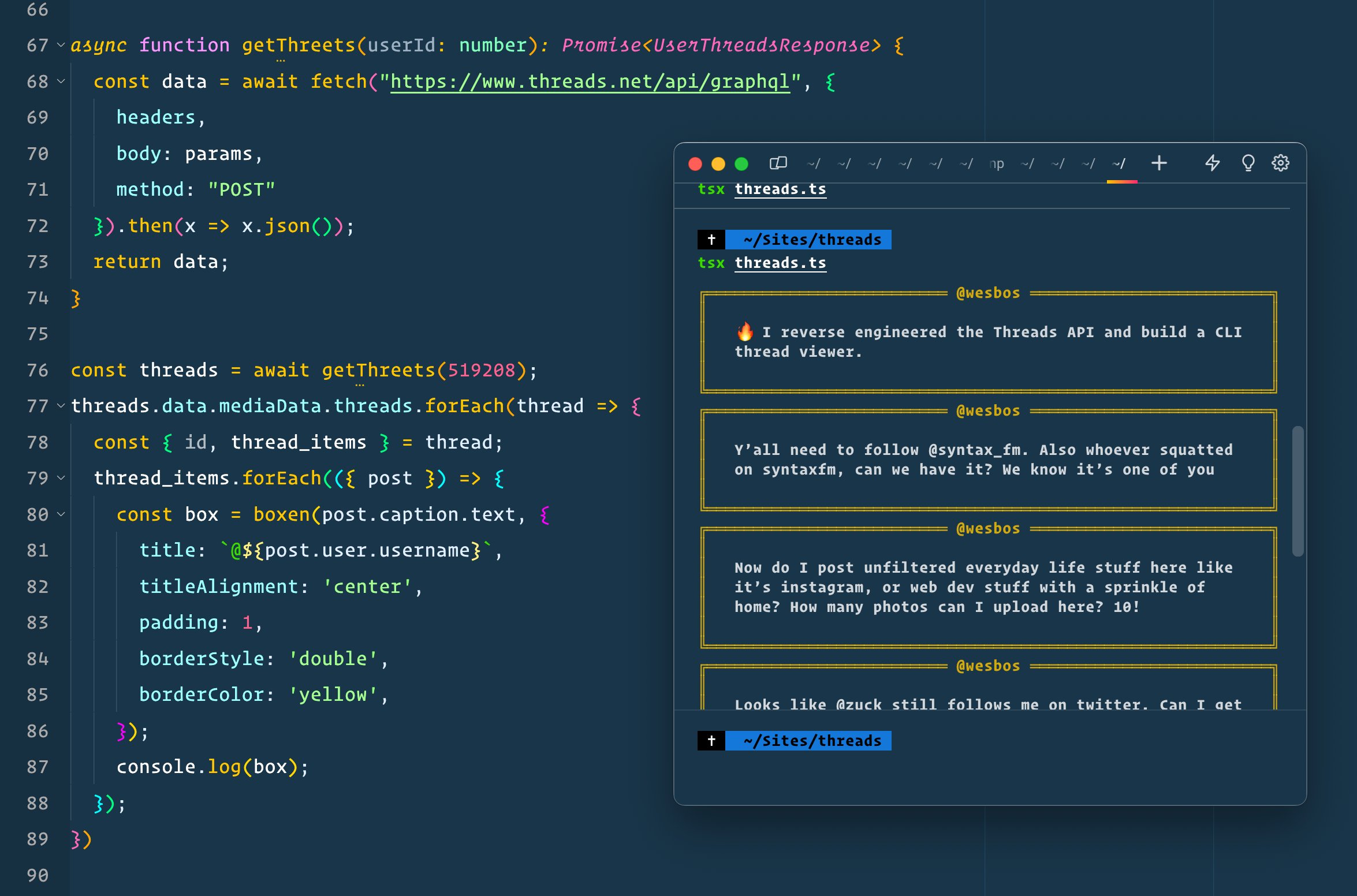Deploying a machine learning model as an API (Application Programming Interface) allows other applications, systems, or users to interact with your model in real time — sending input data and receiving predictions instantly. This is crucial for putting AI into production, like chatbots, fraud detection, or recommendation engines.
Learn how to deploy your machine learning model as an API for seamless real-time use. Discover key steps, best practices, and solutions for efficient ML API deployment at CMARIX.

